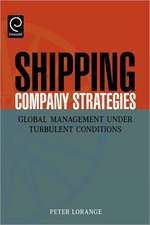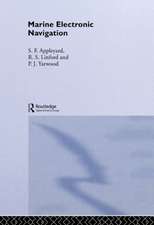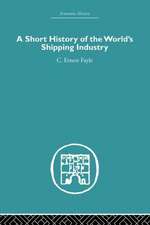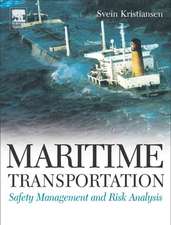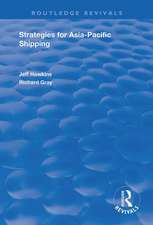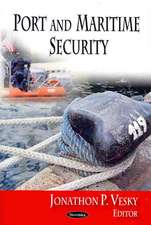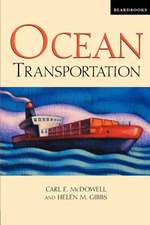Cruise Ship Pollution
Editat de Oliver G. Krenshawen Limba Engleză Paperback – 27 apr 2009
Preț: 309.23 lei
Preț vechi: 415.81 lei
-26% Nou
Puncte Express: 464
Preț estimativ în valută:
59.18€ • 61.56$ • 48.86£
59.18€ • 61.56$ • 48.86£
Carte disponibilă
Livrare economică 24 martie-07 aprilie
Preluare comenzi: 021 569.72.76
Specificații
ISBN-13: 9781606926550
ISBN-10: 1606926551
Pagini: 190
Ilustrații: tables
Dimensiuni: 153 x 227 x 13 mm
Greutate: 0.3 kg
Ediția:New.
Editura: Nova Science Publishers Inc
ISBN-10: 1606926551
Pagini: 190
Ilustrații: tables
Dimensiuni: 153 x 227 x 13 mm
Greutate: 0.3 kg
Ediția:New.
Editura: Nova Science Publishers Inc
Cuprins
Preface; Cruise Ship Discharge Assessment Report; Cruise Ship Pollution: Background, Laws and Regulations, and Key Issues; Index.

